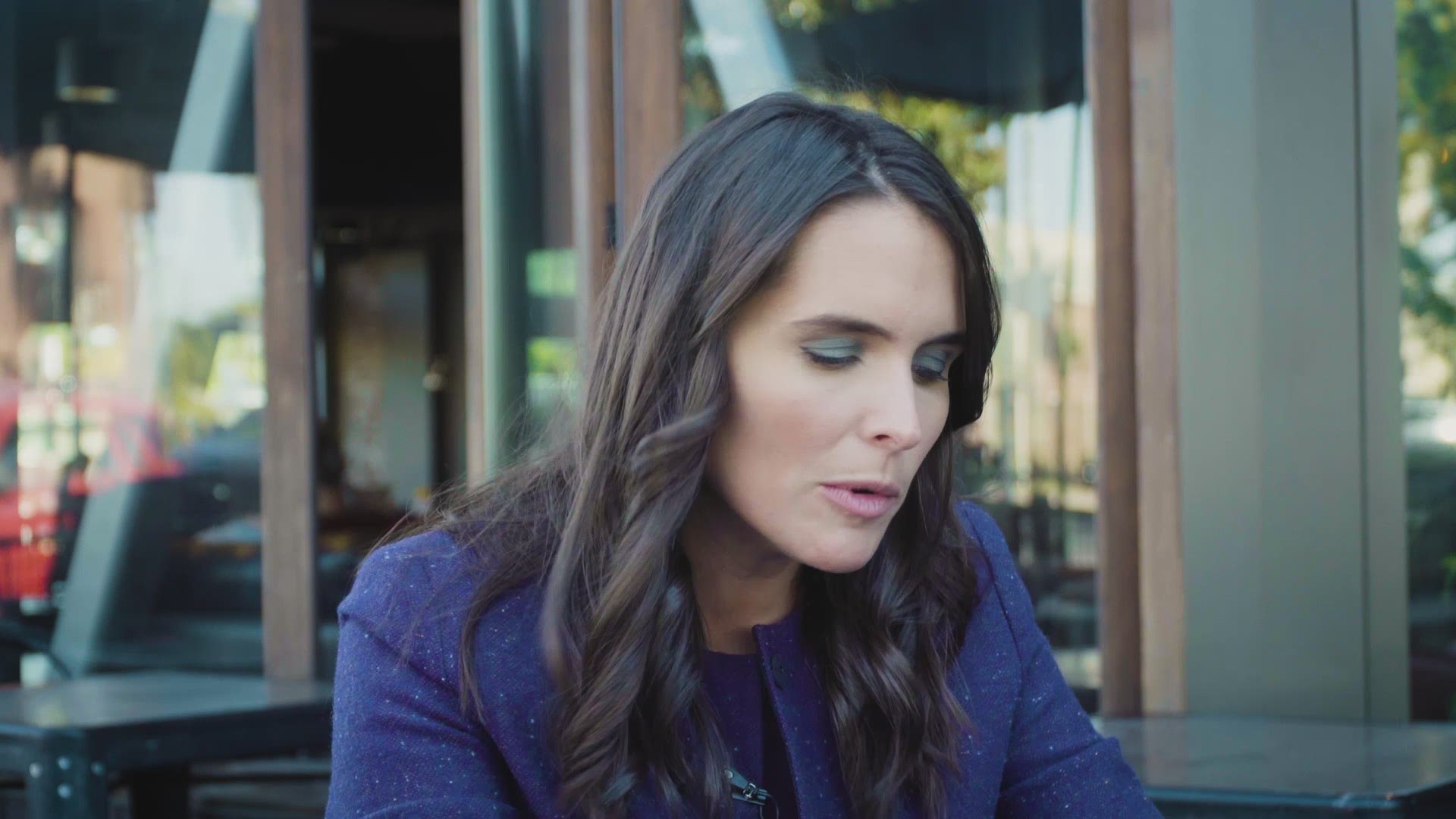Editor's Note: This story was originally published on Oct. 18, 2018. ABC10 is refreshing the story in light of the recent string of earthquakes in Southern California.
The limited release of Shake Alert for schools, businesses, government agencies and utilities could save lives, said structural engineer and CEO of Miyamoto International, Kit Miyamoto.
A similar system did so in Mexico City, where ABC10 traveled to with Miyamoto after the 2017 earthquake.
To understand the technology and the impact of earthquake alarms to Sacramento, we sat with Miyamoto once again.
How does it work?
"Essentially an earthquake has two different motions. One is the P-wave and one is the S-wave. The P-wave comes first and the S-wave is the one that causes the damage."
So when you capture the P-wave, he explained, that can trigger an alert that reaches people so they can prepare a few seconds before the earthquake reaches them.
"In a place like Sacramento, it could be very effective because the fault rupture which can affect this area would be in the Bay Area or Vacaville or somewhere like that, so there is quite a bit of distance," potentially giving Sacramento residents some more time to react.
Why did it take California so long?
"I think the reason is that in places like Japan or Mexico, they have much more frequent earthquakes than we have here. So there's a public demand for safety, knowledge, and information. In California, the last big earthquake happened 25 years, 35 years ago."
Are we vulnerable to a catastrophic earthquake in Sacramento?
"Oh yeah, most definitely. During our lifetimes we're going to see some big earthquake happen. It could happen right now, or in a year or in five or in 15," Miyamoto said. "In Sacramento, the impact could be also great if the big fault rupture is in the Bay Area. It's going to transmit such an energy, it will amplify in certain buildings. For example, the taller buildings or bigger buildings located in soft soil, that will amplify the motion a lot."
Miyamoto said we have many of those buildings in Sacramento. He compared the impact to the 2017 Mexico City earthquake.
How do you know if you are living or working in a safe building?
"If it is anything built after the 1980's, usually the California building code is pretty good. So, those buildings should perform OK. Any concrete structures built prior to mid-1970's, they are considered very dangerous. Especially, something like a big office building."
How safe should we feel in newer buildings?
"The expectation from the public is that if you hire an engineer, like me, and design a building, people think it is earthquake-proof" if it is built under California building code requirements. "But, it's not like that. [The code] just provides the minimum life-safety protections," Miyamoto explained.
To learn more about safety and preparedness, Miyamoto recommends visiting the California Seismic Safety Commission website.
Continue the conversation with Lilia on Facebook.

